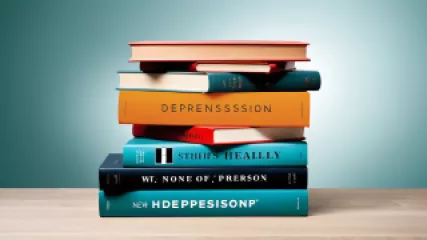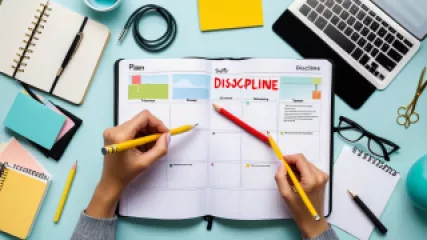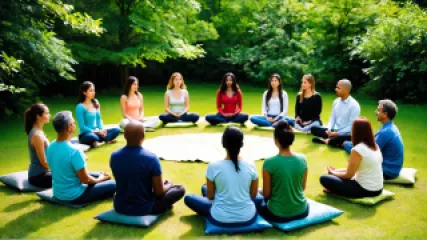Top 10 Self-Help Books for Managing Depression
1 year ago
Depression Self Help
Top 10 Online Conflict Resolution Experts to Follow
1 year ago
Conflict Management
Mastering Self-Discipline: A Step-by-Step Guide to Achieving Your Goals
1 year ago
Self Discipline
Top 10 Mindfulness Meditation Techniques for Emotional Well-Being
1 year ago
Mindfulness Meditation
What are effective self-harm treatment options?
1 year ago
Self Harm
Managing Retirement Anxiety: A Step-by-Step Guide
1 year ago
Retirement Anxiety
The Ultimate Guide to Maintaining Emotional Well-being During Change
1 year ago
Coping with Change
Mastering the Art of Positive Thinking: A Step-by-Step Guide
1 year ago
Positive Thinking
Exploring Existential Questions Through Literature and Film
1 year ago
Existential Questions
Mastering Family Therapy Online: The Ultimate Guide
1 year ago
Family Therapy
Understanding Cognitive Flexibility Sessions for Anxiety
1 year ago
Cognitive Flexibility
Overcoming Phobias: A Step-by-Step Guide to the Best Therapy
1 year ago
Phobias
My Journey to Discovering the Mind-Body Connection Through Wellness Coaching
1 year ago
Wellness Coaching
The Power of Social Anxiety Support Groups
1 year ago
Social Anxiety
Exploring the Psychology of Belief Through Literature and Film
1 year ago
Psychology of Belief














